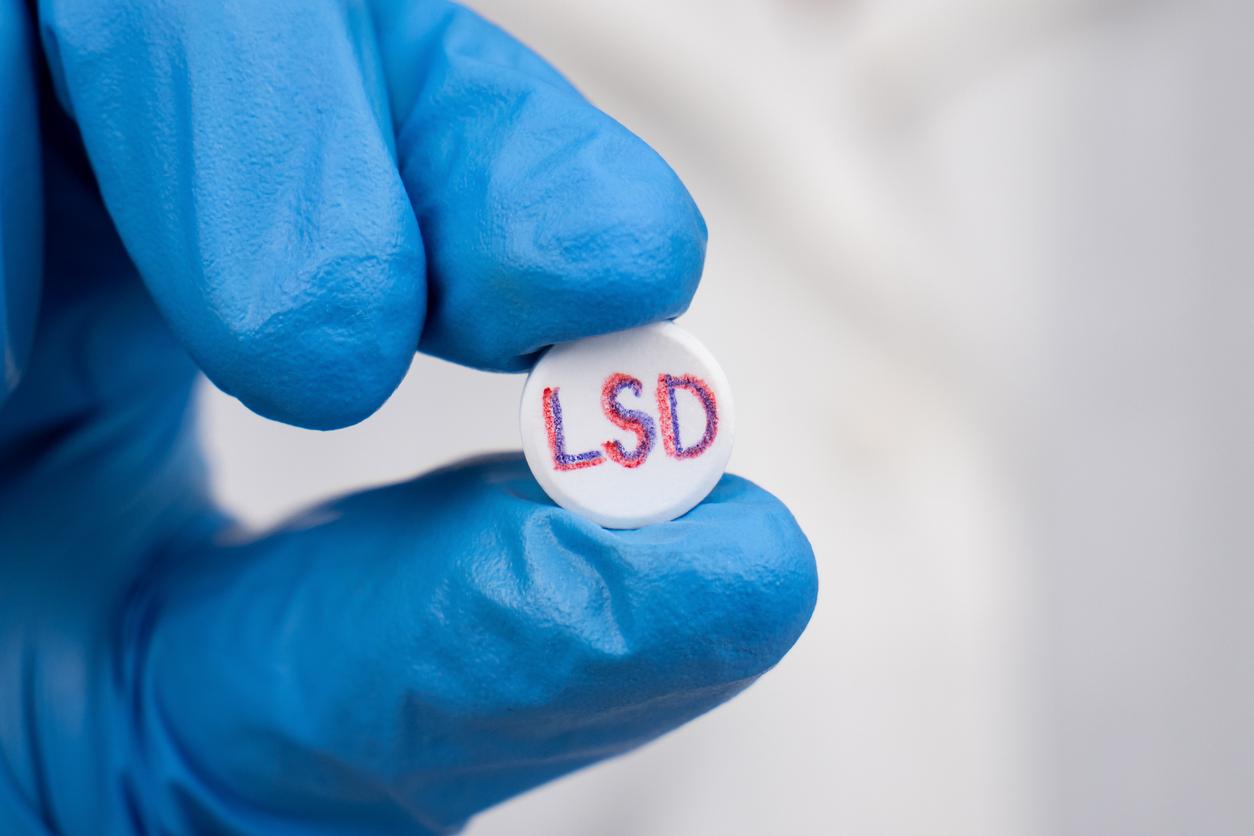Stomach aches or headaches, drowsiness: for many patients, the medication side effects (EIM) are often reduced to a (long) list appearing on a notice read diagonally. In other words, a formality or almost.
Often known and limited effects
And it is true that “any drug, whatever it is, has an action, a efficacy and side effects that we generally know quite well, because they have been the subject of extensive clinical trials before being put on the market“, recalls Dr Rémy Collomp, chief pharmacist at the Nice University Hospital. In the vast majority of cases, EIMs therefore go almost unnoticed or cause superficial discomfort which sometimes pushes the patient to talk to a caregiver, without going any further. Still, this type of “harmful and unintended reaction to a drug, occurring at the dosages normally used (…)“, as the Public Health Code defines EIMs, can also be the cause of much more serious phenomena (falls, hemorrhagic effects, renal failure, etc.).
As such, the IATROSTAT reporta prospective study published in 2022 by the French Network of Regional Pharmacovigilance Centers, draws up a rather worrying assessment: ADRs would be responsible in France for nearly 212,500 hospitalizations in short-stay units and 2,760 deaths per year. In 2018, 8.5% of hospitalizations would have been consecutive to an ADR, a figure that would have more than doubled in ten years.
An inflation of serious ADRs?
Should we see a deleterious inflation of adverse drug effects ? On this point, Dr. Collomp wants to be reassuring. “If there are more adverse effects leading to hospitalizations, it is also because we are treating more. A few years ago, we did not transplant patients over the age of 65, for example“, he explains.
Any other possible explanations for this trend? Less monitoring of certain “commoditized” treatments (such as oral chemotherapy) or the marketing of new drugs, even if “for conditions for which there is already a treatment, a new drug is often safer, because it is evaluated in relation to the existing one“, recalls Dr Étienne Cousein, pharmacist at the Lille University Hospital.
Unequal patients in the face of ADRs
Beyond these risks related to molecules, other determining factors in the appearance of undesirable effects come into account: the duration of the treatment, its observance… and therefore above all the patient! Indeed, we are not equal in the face of ADRs. Children, immunocompromised people or people suffering from certain diseases (kidney failure, etc.) and especially elderly people are more at risk of suffering them. In their case, “with age, certain organs function less well, like the liver or the kidneys, and the drugs are then less well evacuated from the body“, says Dr. Cousein.”Older people are also more likely to be polypathological [d’avoir plusieurs maladies simultanément, ndlr] and therefore to multiply the treatments.”
However, who says supernumerary treatments also says risks of drug interactions and undesirable effects increased tenfold, in particular when different molecules taken by the patient present the same risks of ADR. Hence the drug cocktails to be monitored closely to reduce the risks as much as possible. This is the whole point of the EIM: “Seek to assess their frequency and severity. We will be able to anticipate them, try to reduce them, but they are never completely controllable“, recalls Dr. Collomp. And to cite the example of a patient who would have an allergic reaction to the first intake of a drug. In this case, as in 82% of ADRs having led to hospitalization, the effect adverse event cannot be avoided.We speak of therapeutic hazards.
A patient actor of his treatment
If the hazards escape by definition from the caregivers, the other ADRs can often be limited thanks to personalized care. The objective: to (regularly) assess the benefit-risk balance of the drug(s) for the patient. “If it is a question of treating a serious disease, one will more easily assume the undesirable effects. Otherwise, we will assess according to the risks of complications and the patient’s tolerance to ADRs, whether to wait, reduce the dosage, recommend lifestyle and dietary rules (shift a dose, recommend physical activity, etc.), or change molecule“, recalls Dr. Cousein, specifying that, in this context, the exchanges between doctor, pharmacist and patient are essential, especially since ADRs can appear at various times (immediately, after a few days, even years) .
And for good reason: if a patient does not respect his treatment for fear of a side effect without talking to his doctor, the latter risks increasing the doses, for lack of proven effects of the drug. Conversely, a patient who self-medicates to treat an ADR could promote a drug cascade, which itself generates numerous adverse effects… In other words, “the therapeutic strategy is especially effective if the patient is an actor in his treatment and aware of ADRs“, he concludes.
Game-changing innovations
Efficiency now reinforced by innovative tools. “To optimize prescription, there are now medical decision support systems – even if they are still marginal – which in particular make it possible to limit ADRs.“explains Dr. Collomp. Another promising lead: the predictive medicine. “With pharmacogenomics, it is possible to use a patient’s genes to assess their response to a treatment and better target itHowever, these tests, which are particularly expensive, are currently limited to treatments that are also very expensive…
What can be done to limit the adverse effects of drugs?
- Respect your medical prescription;
- Ask your pharmacist or doctor for advice if you are taking other medicines, even in herbal medicine;
- Avoid self-medication;
- Talk to your doctor about the ADRs experienced, or even report them yourself on signalement.social-sante.gouv.fr to promote pharmacovigilance.


















